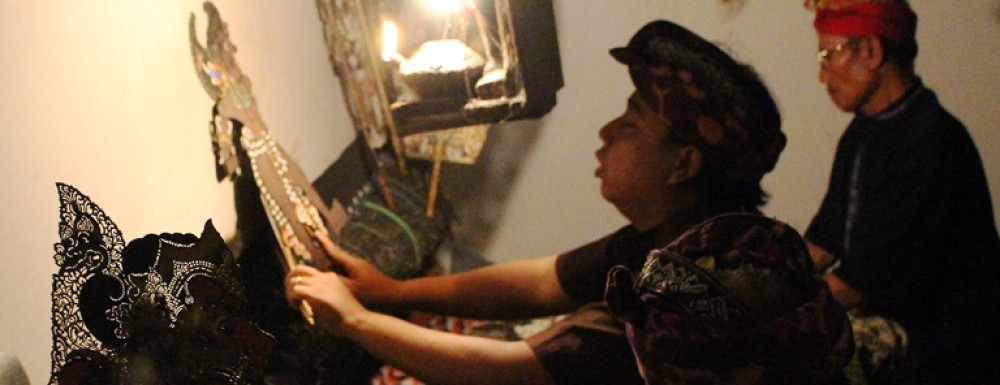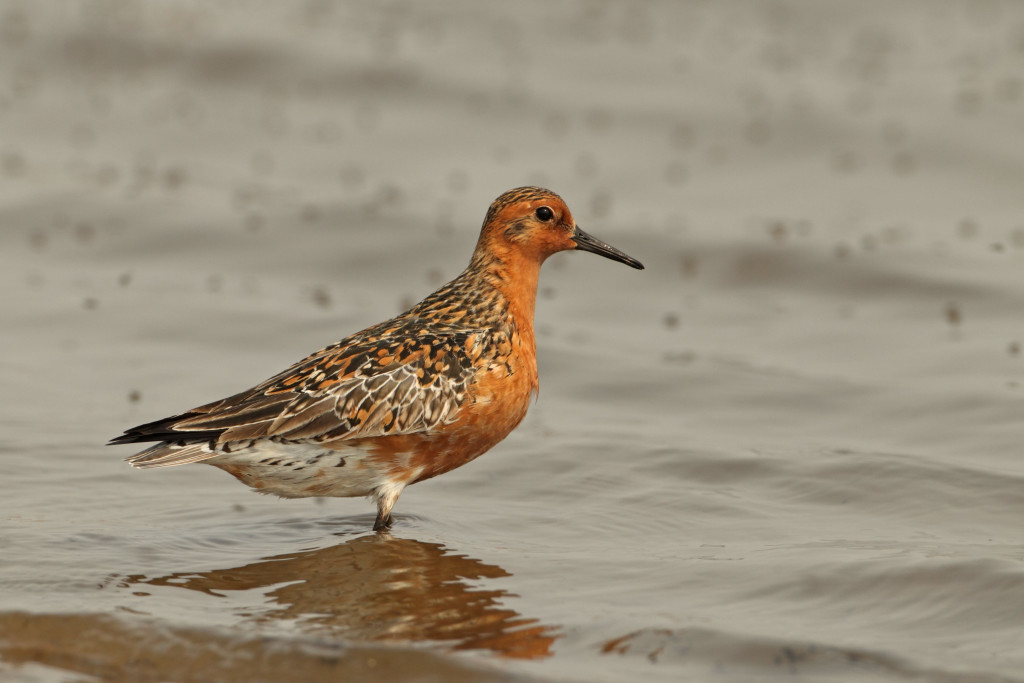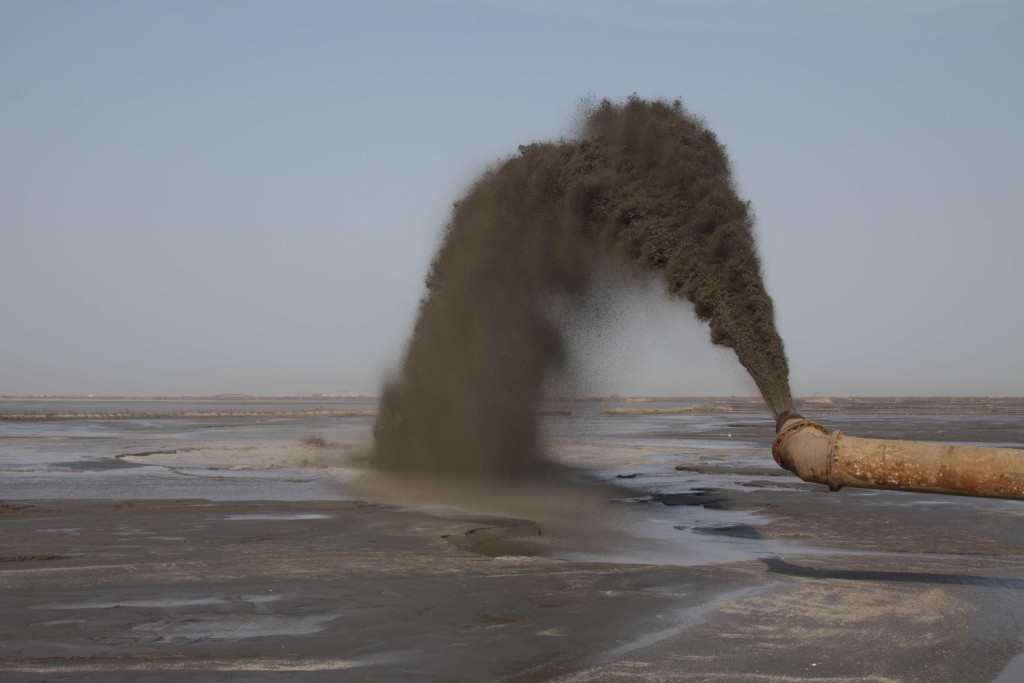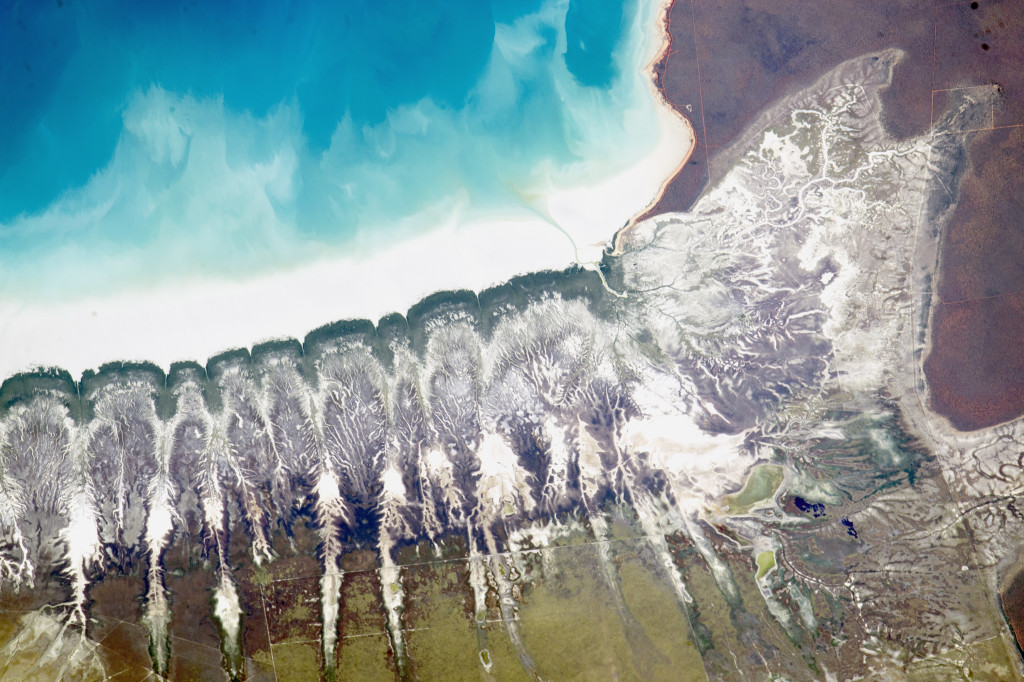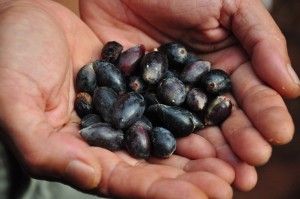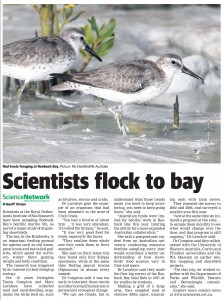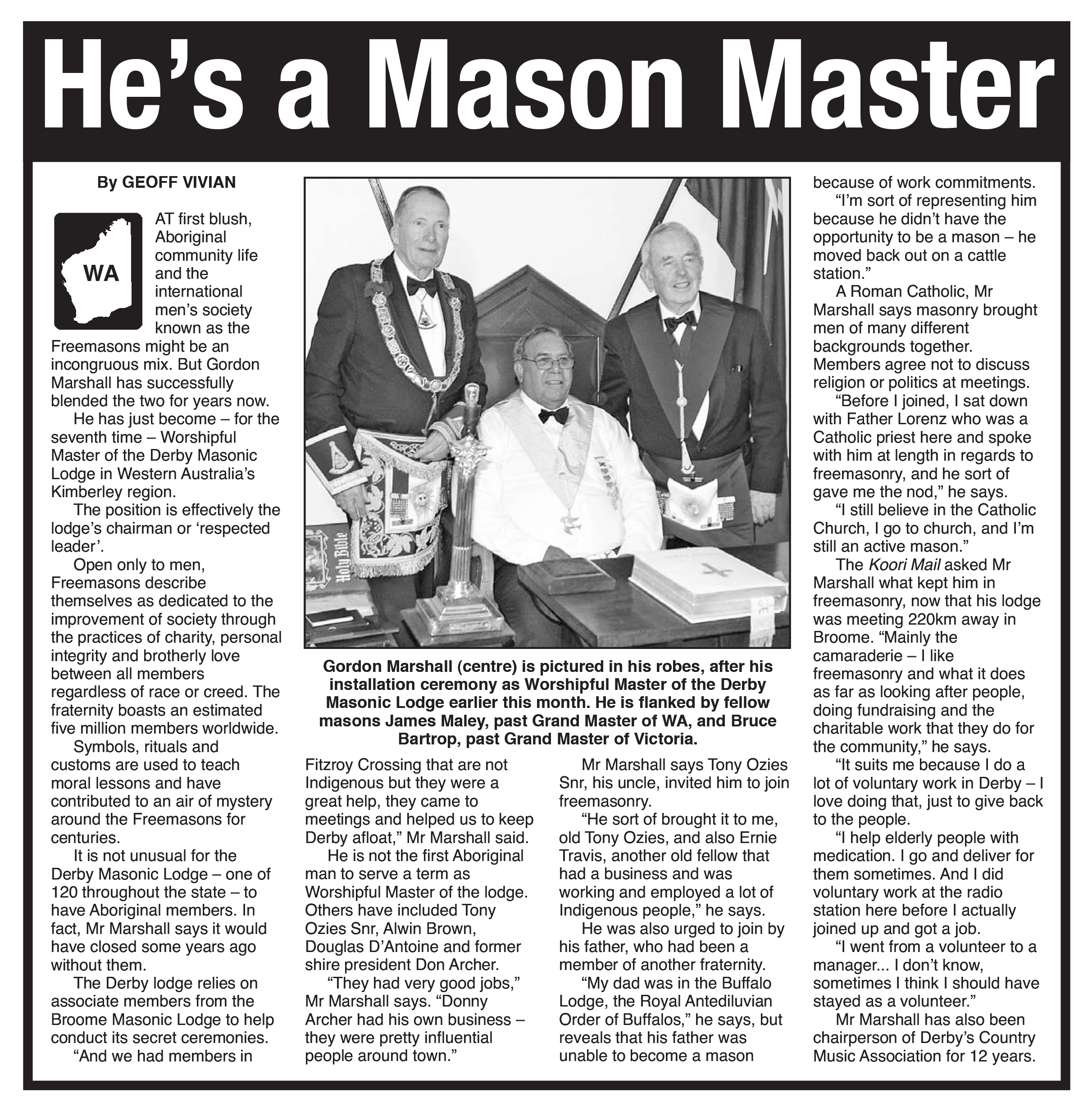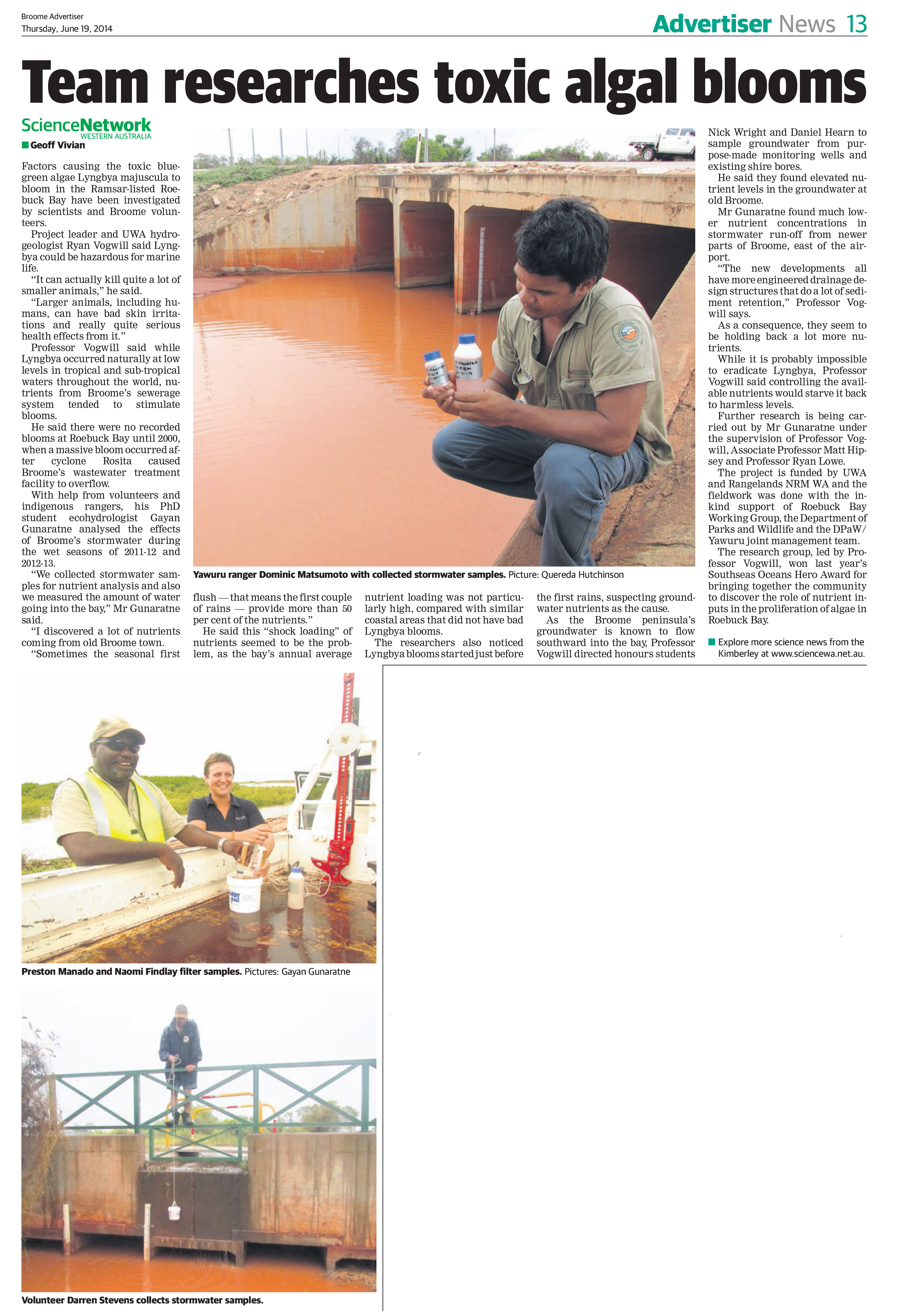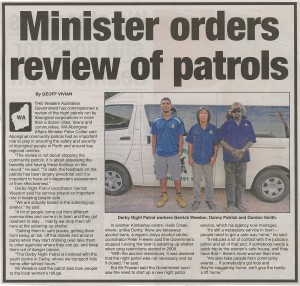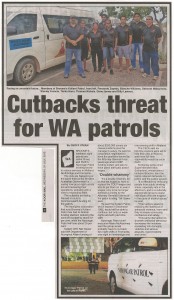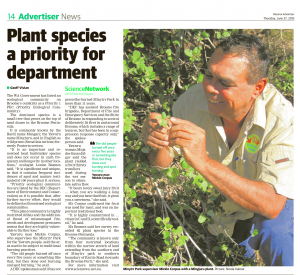The Kimberley has a new seed bank that will function as a seed shop for bush tucker (Aboriginal food) plants, and for those needing to propogate plants for mine site rehabilitation and gardening.
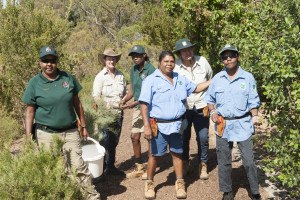
Tamara Williams (Nyul Nyul Rangers), Cat Williams (Apace WA), Devena Cox (Nyul Nyul Rangers), Debbie Sibasado (Bardi Jawi Oorany Rangers), Kylie Weatherall (Environs Kimberley) and Cissy Tigan (Bardi Jawi Oorany Rangers).
It is also intended to be a supplier to high-end restaurants serving Aboriginal food-influenced dishes.
It also has a serious conservation purpose in preserving rare species for ecological renewall.
This may become important when, for example, rare Kimberley vine thickets are destroyed by bushfires.
Science Network [read this story]
